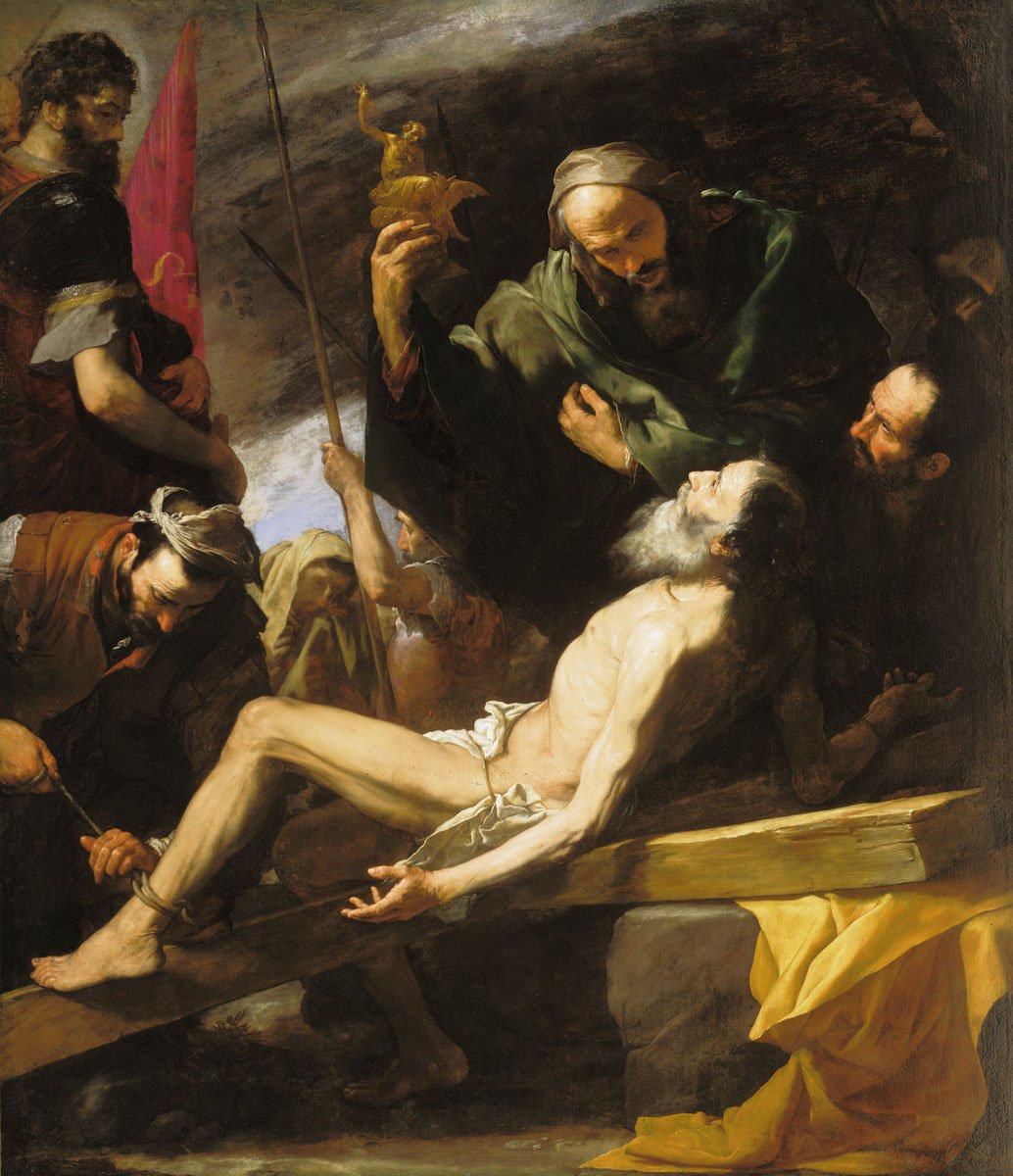Janina Burandt
‘Caravaggesque’ Forms in Transition. Searching for traces between Spain and Italy (working title)

Around 1600, Michelangelo Merisi da Caravaggio laid the foundation for an artistic “current” that spread over large parts of the European continent in the following decades. On the basis of the painting style, described as “caravaggesque”, the doctoral project is dedicated to the political and cultural connections between the cities of Rome, Naples and Valencia in the first half of the 17th century.
To be able to describe the cultural mobility between these Mediterranean cities, it is necessary to trace the paths of relevant artists and other travellers. Furthermore, the project considers the potential of drawing and printmaking as mobile media as well as abstract concepts and art theoretical aspects. Instead of the subsuming “caravaggism” concept, a vocabulary is to be developed that understands the painters as active agents who process visually existing aesthetic forms according to their own artistic interests and in response to different contexts. This results in questions about the “form” itself and about its representation, reception, interpretation, change and, ultimately, its recognition. This also includes the development of form in the creation of the work and thus material and technical aspects of the painting process. Artwork by Valentin de Boulogne, Francisco Ribalta and Jusepe de Ribera will be examined in their own local contexts and in the context of international relations.
The aim of the project is to use art historical findings to differentiate between the “caravaggesque” artists and thus to encourage emancipation from Caravaggio’s omnipresence and to open up a new approach to this kind of painting.
Personal Data
Janina Burandt studied literature, art and media studies with a focus on art studies at the University of Konstanz from 2013 to 2020. During her master's studies, she focussed on southern alpine painting of the early modern period and worked in museums in Konstanz and Vienna. In her master’s thesis, she used a painting by Valentin de Boulogne to examine the interconnections between painting, poetry, and contemporary discourses on love, desire and gender in Rome at the beginning of the 17th century. Since her first contact with conservation through interdisciplinary seminars, art technological findings on the genesis of works have been incorporated into her considerations and interpretations. Her research interests also include early modern art theory, interpictorial recursivity and the potential of interdisciplinary approaches to phenomena that transcend pictorial boundaries. In 2021, she received funding from the Centre for Cultural Inquiry (ZKF) at the University of Konstanz. She has been a Cusanuswerk scholarship holder since 2022.
Janina Burandt is an associate member of the Graduate Research Programme “Changing Frames”.
| Supervisory Team | |
|---|---|
| Primary Supervisor | Prof. Dr. Karin Leonhard, University of Konstanz |
| Secondary Supervisor | Prof. Dr. Valeska von Rosen, Heinrich-Heine-University Düsseldorf |
